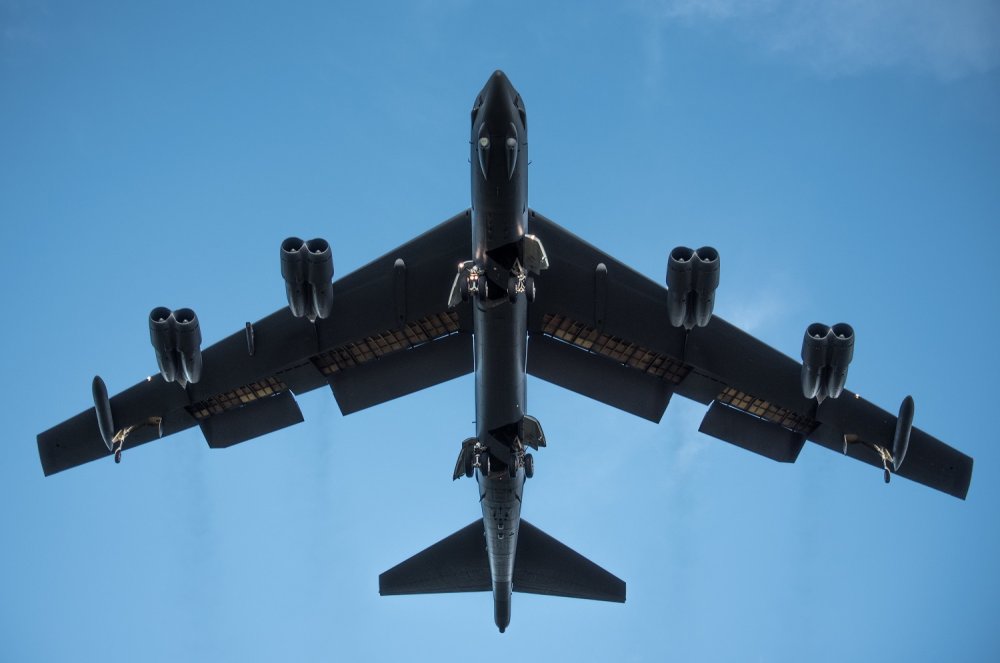 It Could Extinguish 'Essentially All Life on Earth': U.S. Air Force’s Nuclear Command Is Reorganizing
It Could Extinguish 'Essentially All Life on Earth': U.S. Air Force’s Nuclear Command Is Reorganizing
The U.S. Air Force’s nuclear command says it’s about to undergo a major reorganization as it prepares to field new bombs, missiles, bombers and rockets.
Air Force Global Strike Command stood up in 2009 as the successor to Strategic Air Command, which maintained around-the-clock nuclear alerts during the Cold War.
Today the command’s 34,000 personnel oversee 20 B-2 stealth bombers, 76 B-52 bombers and 450 Minuteman III intercontinental ballistic missiles together capable of delivering thousands of nuclear warheads.
It also operates 62 B-1 bombers that do not have a nuclear mission.
AFGSC’s forces comprise the aerial and ground “legs” of the United States’s atomic triad, which also includes the U.S. Navy’s submarine-launched Trident ballistic missiles.
The command’s forces are capable of extinguishing essentially all life on Earth within a matter of hours.
Accidents and misbehavior marred AFGSC’s early years. In 2014 ICBM crews got caught cheating on tests. In 2018 security forces at Minot Air Force Base, home to a portion of the Minuteman fleet, lost track of some of their weapons. The suicide rate is high in the atomic force.
Now the command is in the beginning of a modernization effort costing tens of billions of dollars. New B-21 stealth bombers are slated to supplant the B-1s and B-2s starting in the mid-2020s. The Ground-Based Strategic Deterrent rocket, a replacement for the 1960s-vintage Minuteman, is in development.
No comments:
Post a Comment